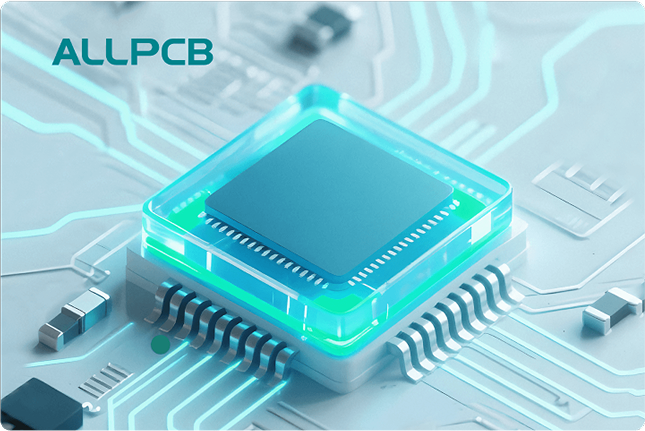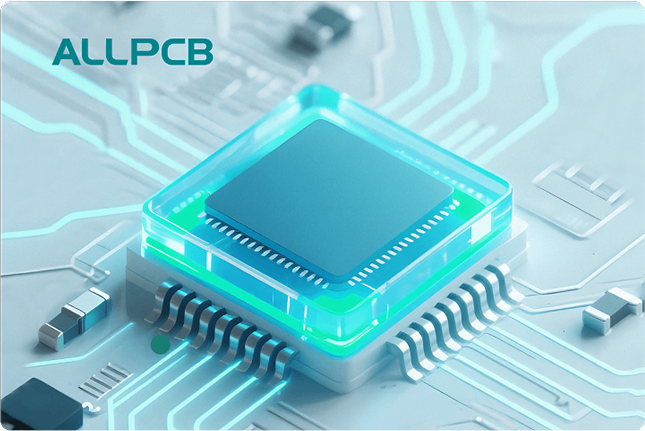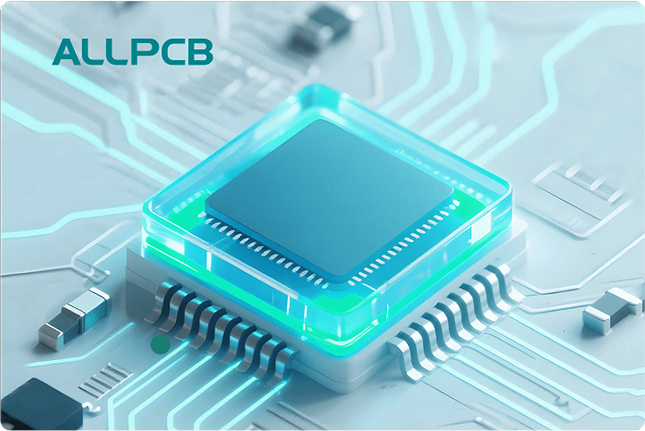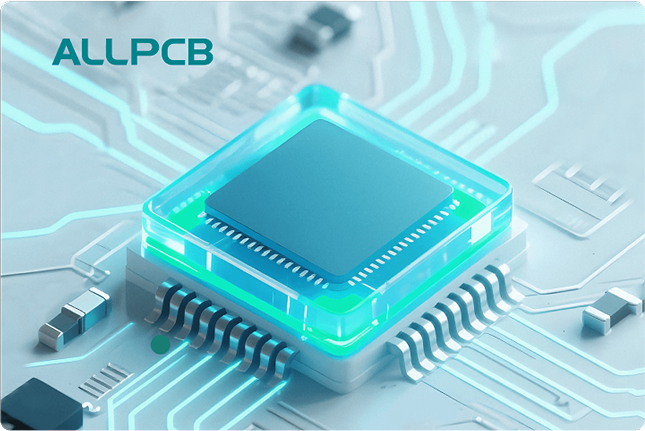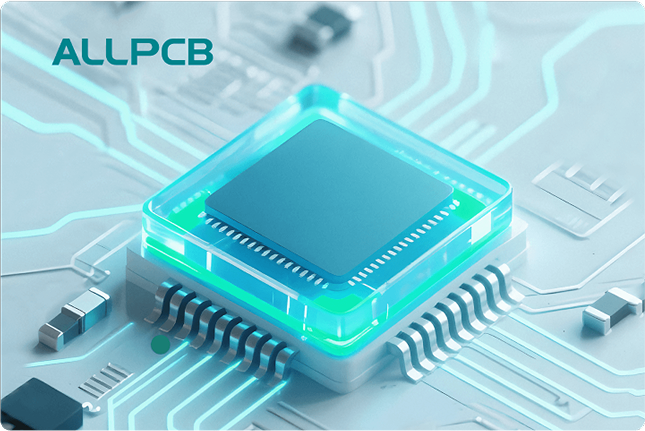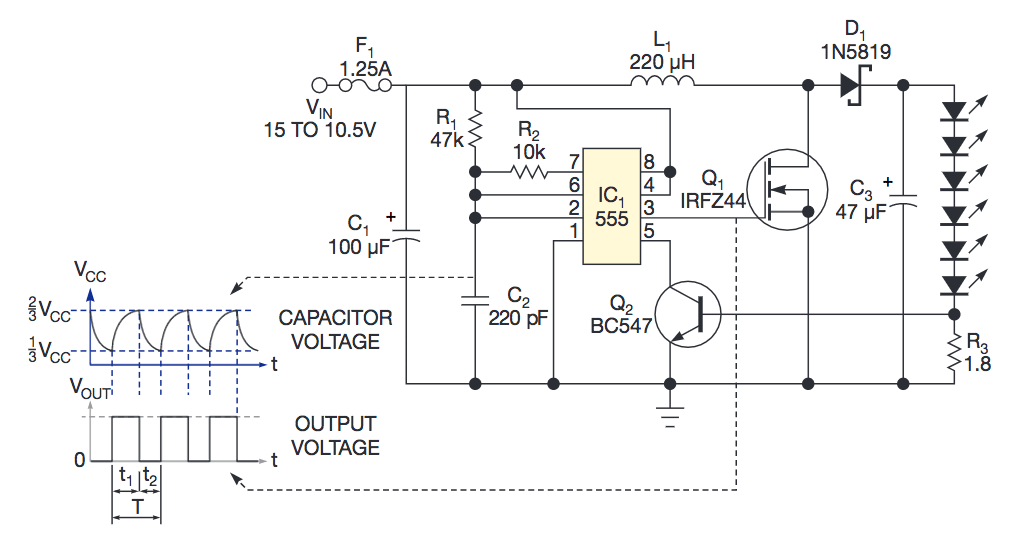In the fast-paced world of electronics manufacturing, integrating audio components like buzzers into Surface Mount Technology (SMT) assembly requires precision and attention to detail. Whether you're designing a consumer device, industrial equipment, or automotive system, buzzers play a critical role in providing audio feedback. But how do you ensure reliable performance during SMT buzzer placement and reflow soldering? This comprehensive guide explores best practices for integrating buzzers into SMT assembly, covering key aspects such as placement, soldering techniques, inspection, and more. Let's dive into the details to help you achieve flawless audio signaling in your designs.
Why Buzzer Integration Matters in SMT Assembly
Buzzers are essential components in many electronic devices, delivering alerts, warnings, or confirmations through sound. In SMT assembly, where components are mounted directly onto the surface of a printed circuit board (PCB), integrating buzzers poses unique challenges. Their size, sensitivity to heat, and mechanical requirements demand careful planning to avoid issues like poor connections, thermal damage, or signal distortion. By following best practices for SMT assembly audio components, you can ensure consistent performance and durability.
In this blog, we'll break down the process of buzzer integration, focusing on practical tips and techniques to optimize your assembly process. From selecting the right solder paste for buzzers to using automated optical inspection, we've got you covered with actionable advice.
Key Challenges in SMT Buzzer Integration
Before diving into best practices, it's important to understand the challenges associated with integrating buzzers into SMT assembly. These challenges include:
- Thermal Sensitivity: Buzzers, especially piezoelectric types, can be sensitive to the high temperatures of reflow soldering, which often reach around 250°C. Excessive heat can degrade internal components or affect sound output.
- Placement Precision: Incorrect SMT buzzer placement can lead to mechanical stress or poor electrical connections, impacting audio performance.
- Solder Joint Reliability: Buzzers often have unique pad designs or larger footprints compared to standard SMT components, making it critical to use the right solder paste and reflow profile.
- Inspection Challenges: Ensuring proper mounting and soldering of buzzers requires advanced inspection techniques to detect defects that might not be visible to the naked eye.
Addressing these challenges through best practices is the key to achieving reliable audio signaling in your devices.
Best Practices for SMT Buzzer Placement
Proper SMT buzzer placement is the foundation of a successful assembly process. Here are some practical tips to ensure accurate and reliable positioning:
- Follow Manufacturer Guidelines: Always refer to the buzzer's datasheet for recommended placement and orientation. Some buzzers have specific requirements for sound emission direction, which can affect performance if ignored.
- Optimize PCB Layout: Place buzzers away from heat-sensitive components or high-vibration areas to minimize interference. Ensure sufficient clearance around the buzzer to avoid mechanical stress during operation.
- Use Precise Pick-and-Place Machines: Modern pick-and-place machines can achieve placement accuracy within 0.01 mm, which is crucial for aligning buzzers with their pads. Double-check machine calibration to avoid misalignment.
- Secure Temporary Adhesion: Before reflow soldering, ensure the buzzer is temporarily held in place with solder paste or adhesive to prevent movement during the process.
By prioritizing precision in SMT buzzer placement, you can reduce the risk of defects and ensure optimal audio output.
Reflow Soldering Buzzers: Tips for Success
Reflow soldering is a critical step in SMT assembly, where components are permanently attached to the PCB by melting solder paste. For buzzers, reflow soldering requires careful control to prevent damage. Here are best practices for reflow soldering buzzers:
- Select the Right Solder Paste for Buzzers: Use a lead-free solder paste with a melting point compatible with the buzzer's thermal tolerance. A common choice is SAC305 alloy, which melts at approximately 217°C, providing a balance between reliability and heat exposure. Apply the paste evenly to avoid insufficient or excessive solder.
- Customize the Reflow Profile: Adjust the reflow oven temperature profile to minimize thermal stress on the buzzer. A typical profile includes a preheat stage (150-180°C for 60-90 seconds), a soak stage (180-217°C for 60-120 seconds), and a peak stage (235-250°C for 20-40 seconds). Check the buzzer's datasheet for maximum temperature limits, often around 260°C for 10 seconds.
- Monitor Heat Distribution: Ensure uniform heat distribution across the PCB to prevent hot spots that could damage the buzzer. Use thermal imaging or profiling tools to verify even heating.
- Avoid Multiple Reflow Cycles: Limit the number of reflow cycles, as repeated exposure to high temperatures can degrade the buzzer's internal materials, affecting sound quality.
Following these guidelines for reflow soldering buzzers ensures strong, reliable solder joints without compromising the component's functionality.
Automated Optical Inspection for Buzzers: Ensuring Quality
After soldering, inspection is crucial to confirm that buzzers are correctly mounted and connected. Automated Optical Inspection (AOI) is a powerful tool for detecting defects in SMT assembly audio components. Here's how to leverage AOI for buzzers:
- Check Placement Accuracy: AOI systems use high-resolution cameras to verify that buzzers are aligned with their pads within a tolerance of 0.05 mm or less. Misalignment can lead to poor connections or mechanical issues.
- Inspect Solder Joints: AOI can detect solder defects such as insufficient solder, bridging, or voids. For buzzers, ensure that all pads have uniform solder coverage to guarantee electrical and mechanical stability.
- Identify Physical Damage: AOI can spot cracks or deformities in the buzzer housing caused by thermal stress or handling, which could affect audio performance.
- Integrate with Testing: Combine AOI with functional testing to confirm that the buzzer produces the expected sound frequency (e.g., 2-4 kHz for typical alert buzzers) and volume after assembly.
Using automated optical inspection for buzzers helps catch issues early, reducing the risk of costly rework or field failures.
Choosing the Right Solder Paste for Buzzers
The choice of solder paste plays a significant role in the success of buzzer integration during SMT assembly. Here are key factors to consider when selecting solder paste for buzzers:
- Alloy Composition: Opt for a lead-free solder paste like SAC305 (96.5% tin, 3% silver, 0.5% copper) for environmental compliance and reliability. This alloy offers good wetting properties and thermal fatigue resistance.
- Particle Size: Use a paste with fine particle size (Type 4 or Type 5) to ensure precise application on the small pads of buzzers. This helps achieve uniform solder joints.
- Flux Type: Choose a no-clean flux to minimize residue that could interfere with the buzzer's operation. If cleaning is required, ensure the process is safe for the buzzer's materials.
- Stencil Design: Design the stencil aperture to deposit the right amount of paste—typically 0.1-0.15 mm thick—for buzzer pads to avoid excess or insufficient solder.
Selecting the appropriate solder paste for buzzers ensures robust connections and long-term reliability of audio signaling components.
Additional Tips for SMT Assembly Audio Components
Beyond placement, soldering, and inspection, here are additional considerations for integrating audio components like buzzers into SMT assembly:
- Protect Against Vibration: Buzzers generate vibrations during operation, which can stress solder joints over time. Use conformal coating or underfill to reinforce connections if the device will be exposed to harsh environments.
- Test Audio Output: After assembly, test the buzzer's impedance (often around 8-16 ohms for electromagnetic types) and frequency response to ensure it meets design specifications.
- Consider Double-Sided Assembly: If buzzers are placed on a double-sided PCB, balance the reflow process to avoid excessive heat exposure on either side, which could desolder components.
- Minimize EMI Interference: Place buzzers away from high-frequency circuits or use shielding to prevent electromagnetic interference (EMI) from distorting audio signals.
These tips help ensure that SMT assembly audio components deliver consistent performance in the final product.
Common Defects in Buzzer Integration and How to Avoid Them
Even with best practices, defects can occur during buzzer integration in SMT assembly. Here are common issues and how to prevent them:
- Tombstoning: This occurs when one end of the buzzer lifts off the pad during reflow. Prevent it by ensuring balanced pad design and uniform solder paste application.
- Thermal Damage: Overheating can degrade the buzzer's diaphragm or internal circuitry. Stick to the recommended reflow profile and avoid exceeding peak temperatures of 260°C for more than 10 seconds.
- Poor Solder Joints: Insufficient solder or voids can lead to weak connections. Use AOI to detect defects and adjust stencil design or paste volume as needed.
- Misalignment: Incorrect placement can cause mechanical stress or connection issues. Regularly calibrate pick-and-place machines and verify placement with AOI.
Proactively addressing these defects saves time and resources, ensuring high-quality assembly outcomes.
Conclusion: Achieving Reliable Audio Signaling with SMT Buzzer Integration
Integrating buzzers into SMT assembly is a complex but rewarding process when done correctly. By following best practices for SMT buzzer placement, reflow soldering buzzers, and using tools like automated optical inspection, you can achieve reliable audio signaling in your electronic designs. Remember to select the right solder paste for buzzers and pay attention to every detail—from PCB layout to post-assembly testing—to ensure optimal performance.
At ALLPCB, we're committed to supporting your SMT assembly needs with high-quality manufacturing solutions. Whether you're working on audio components or other intricate designs, our expertise and advanced processes help bring your projects to life with precision and efficiency. Start implementing these best practices today to elevate the quality of your buzzer integration and create devices that stand out for their reliability and performance.
 ALLPCB
ALLPCB


